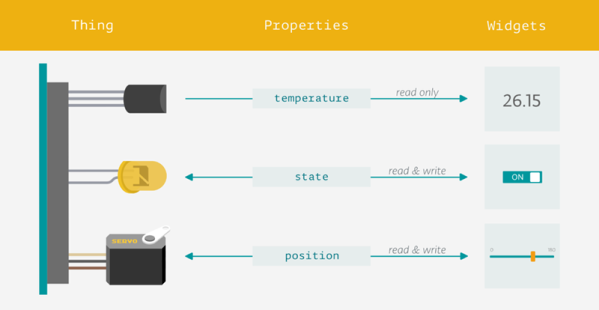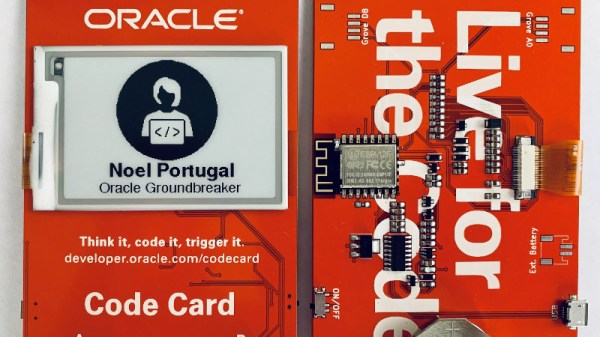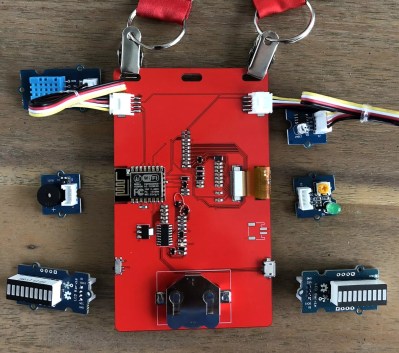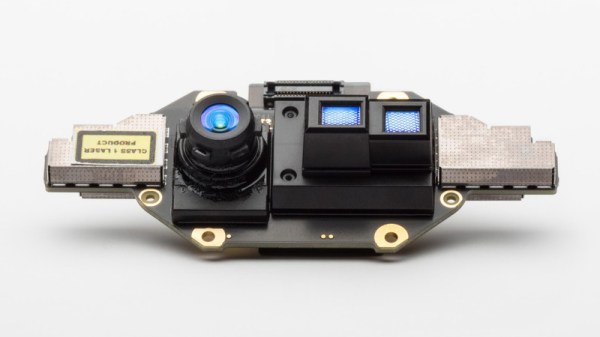It’s a story as old as time: you need to swap between your custom license plates, but you can’t find a screwdriver and you’re already running late for a big meeting at the Business Factory. You called AAA to see if they could come out and do it for you, but as luck would have it something must be wrong with your phone because the line was disconnected as soon as you explained the situation. As if life in the First World couldn’t get any more difficult.
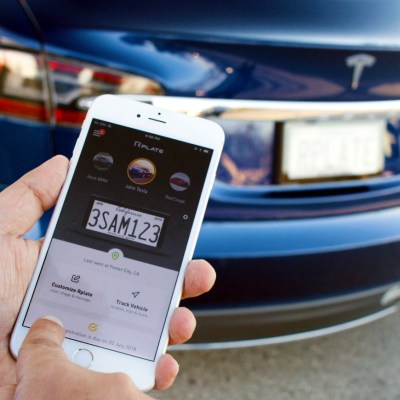 Luckily, a company called Reviver Auto has come up with a thoroughly modern solution to this age old problem. Assuming you live in Arizona, California, and Michigan and are willing to pay $800 USD (plus a small monthly service fee), you can join the Rplate revolution! Less a license plate and more of a “cool-looking, multi-functional digital display and connected vehicle platform”, the Rplate will ensure you never again find yourself stuck on the side of the road with an unfashionable license plate.
Luckily, a company called Reviver Auto has come up with a thoroughly modern solution to this age old problem. Assuming you live in Arizona, California, and Michigan and are willing to pay $800 USD (plus a small monthly service fee), you can join the Rplate revolution! Less a license plate and more of a “cool-looking, multi-functional digital display and connected vehicle platform”, the Rplate will ensure you never again find yourself stuck on the side of the road with an unfashionable license plate.
What’s that? You’ve had the same license plate for years, possibly decades, and have never given it much thought? Well, in that case the Rplate might be sort of a tough sell. Did we mention that someday you might be able to display the current weather on it while your car is parked? Of course, if you can see the license plate you’re already outside, so…
This all might sound like an out of season April Fool’s joke, but as far as I can tell from reading the Reviver Auto site and watching their promotional videos, this is essentially the value proposition of their line of Rplate digital license plates. There are some admittedly interesting potential extensions of the technology if they can convince other companies and systems to plug into their ecosystem, but given the cost of the Rplate and the few states in which it’s currently legal to use, that seems far from a given at this point.
But of course we’re fans of weird and wonderful technology here at Hackaday, so we should give this device a fair shake. On the surface it might seem to be a solution looking for a problem, but that’s often said of technology ahead of its time. So what exactly is the Rplate, how does it work, and where does it go from here?
Continue reading “Digital License Plates Are Here, But Do We Need Them?” →

